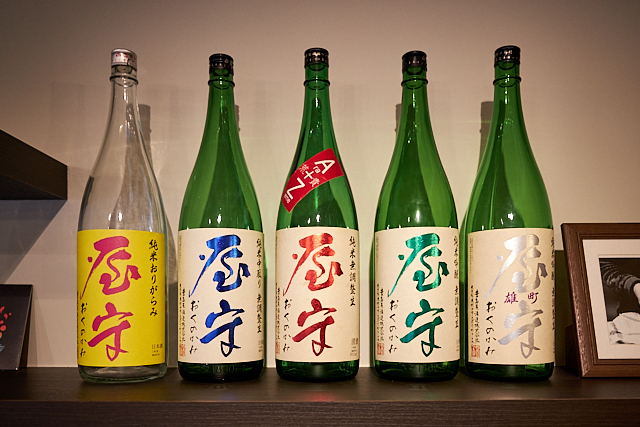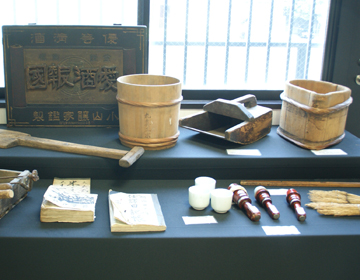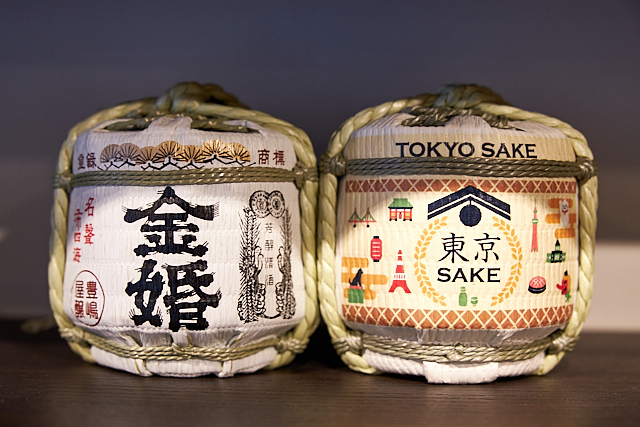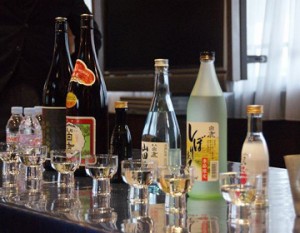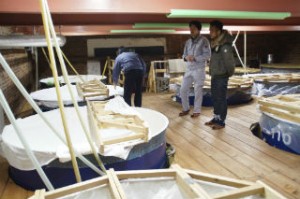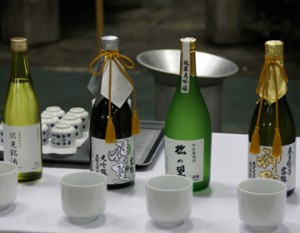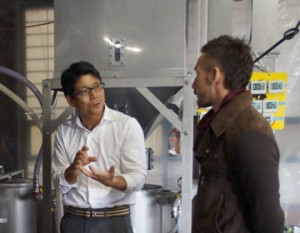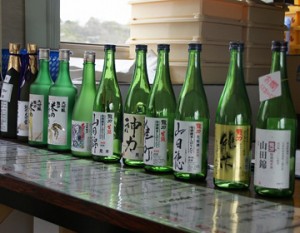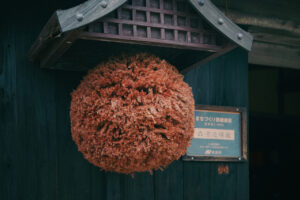We want to make local sake in Tokyo.
Tokyo also has sake that can be called locally brewed. The Toshimaya Sake Brewery in Higashimurayama City has had a brewery in the area since 1937, and has continued to brew sake rooted in the local community, such as “Kin-nikkai” and “Okunokami” to celebrate the Emperor Meiji’s silver wedding ceremony.
The history of the brewery dates back more than 400 years ago to 1596, at the Kamakura riverbank. In 1596, more than 400 years ago, Toshimaya Juemon I started a sake bar in the corner of a liquor store, which became very prosperous. This is said to be the origin of “kaku-uchi,” or corner drinking, and at the same time, he started brewing white sake, which was pioneered in Edo (present-day Tokyo). Shirozake is made by mixing steamed glutinous rice and rice malt with mirin, letting it mature for about a month, and then mashing it. This dream led to the sale of white sake during the Girls’ Festival, which became popular throughout Edo. Later, the company was spun off and became Toshimaya Honten (Chiyoda-ku, Tokyo), and Toshimaya Sake Brewery was established as the brewer.
I was working for another company, but when my grandfather collapsed when I was 27, I joined the brewery. I did three months of training at the Sake Research Institute in Hiroshima, but I was completely unable to make my own sake, so I then went around visiting sake retailers and fellow breweries to learn more. I wanted to make Tokyo sake anyway. After some trial and error, we came up with Yamori.
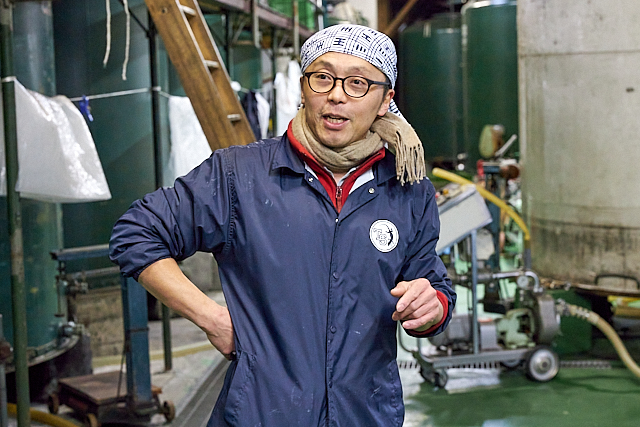
Events to make people aware of the appeal of alcoholic beverages
The goal was to create a sake that could only be drunk here. The water was pumped from 150 meters underground on the Musashino Plateau, and various kinds of rice and yeast were tried. Then he realized something: “It is natural, but in the end, the taste of sake is determined by the way it is made.
It is obvious, but in the end, the taste is determined by the brewer. The only way is to hone one’s own skills. Yamori” is produced in small quantities, but I want to make delicious sake by sticking to manual labor as much as possible.
The label for Yamori features an illustration of a gecko. The name “Yamori,” which reads as it does, represents the hope that the sake brewery will be protected by the gecko. The sake is bottled without filtration or addition of water. The sake has a moderate sweetness and an easy-to-drink mouthfeel. It seems to go well with a variety of dishes. Mr. Tanaka named this sake, which can only be purchased through a trusted distributor, after his desire to protect the brewery and the prosperity of the people and stores he is connected to through sake. The sake is not sold at the brewery either, as he wants to return the favor to the stores that sell it to him.
If sake is only consumed by sake lovers, it will not spread. Tanaka believes that sake has the power to “create bonds between people,” and actively opens the brewery, which has a tasting space, to the public, offering evening tours of the brewery, the monthly “Kaku-uchi, happy hour Tanakaya,” and the annual “TOYOSHIMAYA FESTIVAL,” which is held once a year. He now plans and organizes more than 30 events a year in the hope that people will come into contact with the charms of sake, including evening tours of the brewery, the monthly “Kaku-uchi, happy hour Tanakaya,” and the annual “TOYOSHIMAYA FESTA.
He is now planning and organizing more than 30 events a year, from sake brewing to PR, in order to promote Tokyo’s local sake, which he created from scratch.
